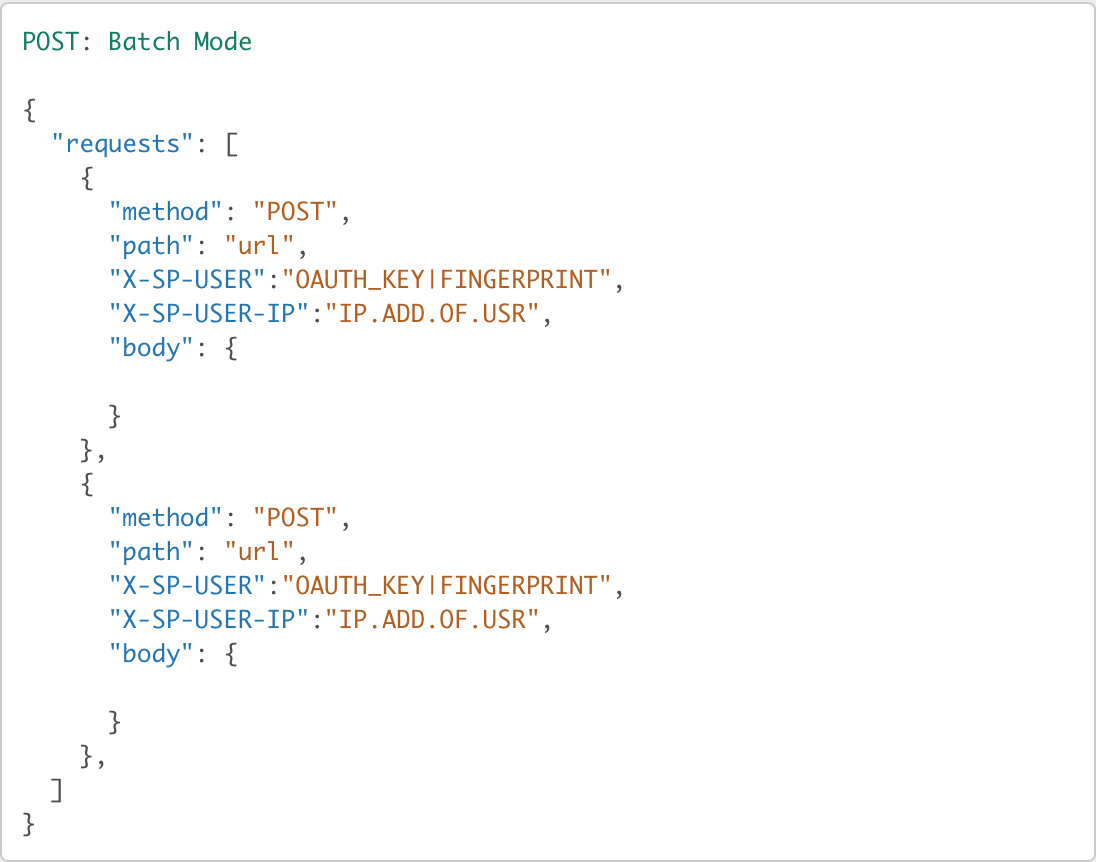At Synapse we take pride in making integrations easy and offering tools to speed up your work flow. That is why today we are open sourcing a couple tools for you and unveiling more details on the batch mode.
Native Libraries
We built out some native libraries for you in python, php, ruby and node.js. The libraries are built on top of REST V3 and are open sourced, so feel free to tinker with them. You can find all of them on our GitHub.
iOS App
A lot of our customers are integrating Synapse into their mobile applications. To help build your next app, we open sourced our V3 COREiOS app code. The app is not live on the app store yet, but the development is mostly finished. We think it is a good idea to open source the application so that others can benefit from it as well.
Batch Mode
We are also unveiling more details regarding batch mode today. The idea behind batching is to allow you to build offline applications that can sync up with Synapse whenever you come back online. This helps remove the latency associated with individual TLS connections. You can perform up to 5000 API actions in a single batch so long as the actions are not dependent on each others’ responses (ex: bank logins & bank MFAs must be submitted in separate batches). Also, individual API calls are agnostic to each other and can succeed or fail without compromising the rest of the batch.
Here is a sample syntax for batch mode:

More to Come
As mentioned before, we are constantly working hard to make Synapse the best payments network for you. In the coming weeks we are going to be open source more tools for you, so stay tuned.















